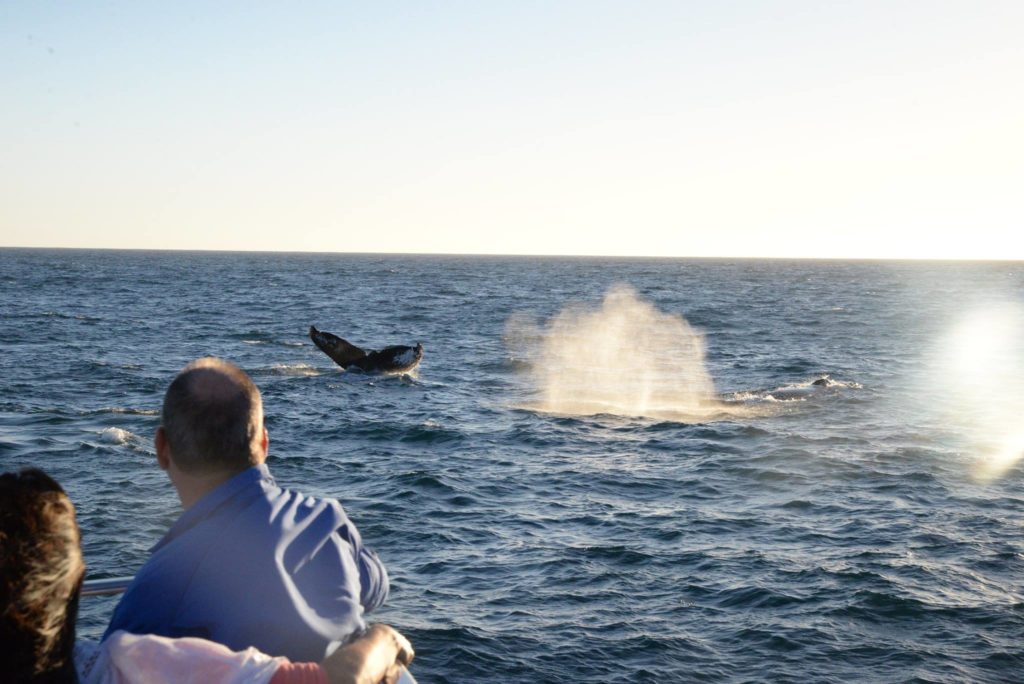Cabo San Lucas, famed for its golden beaches and party scene, holds a deeper allure for one of the ocean’s most majestic creatures: the whale. Every year, between December and April, the serene waters around the Baja Peninsula become the backdrop for one of nature’s most awe-inspiring migrations. But what prompts these gentle giants to make such a grand journey? Let’s dive deeper.
1. The Quest for Warmer Waters
Whales primarily migrate in search of warmer waters. As winter approaches, the icy chill of polar regions becomes inhospitable for whales, especially the young calves. The temperate waters around Cabo San Lucas provide a comfortable environment, perfect for nurturing newborns and offering a respite from the harsh cold.
2. Breeding and Birthing Grounds
The coastal lagoons of the Baja Peninsula are more than just warm; they’re safe. These sheltered waters offer protection from potential predators, making them an ideal location for mating and giving birth. The tranquility and relative shallowness of these lagoons provide a serene environment for mother whales to nurse and raise their calves until they’re strong enough for the journey back.
3. Abundant Food Sources
Although whales primarily come to breed, the migration route to and from the Baja Peninsula is rich in food sources. Krill and other small marine creatures, which make up a significant portion of many whales’ diets, thrive along these routes. This abundance ensures that the whales can feed adequately to store energy for their long journey.
4. Ancient Migration Patterns
Migration is an age-old practice for whales. Over millennia, they’ve followed paths that offer the least resistance, taking advantage of ocean currents and food availability. The Baja Peninsula, with its unique geographical placement, sits directly in this age-old migratory route.
5. Social Gathering and Learning
These migratory congregations also serve as social gatherings. Juvenile whales can learn migration routes, mating rituals, and other essential life skills during these times. Observing the interaction between different whale pods during this period can be a treat for researchers and tourists alike.
Closing Thoughts
The annual migration of whales to Cabo San Lucas is a testament to the unyielding rhythms of nature. It’s a reminder of how every corner of our planet is intricately connected, and how even in the midst of bustling tourist destinations, ancient natural rituals continue to play out.
For those fortunate enough to witness this phenomenon, it offers a humbling perspective and an unparalleled connection to the vast wonders of the marine world.
Looking to Experience This Marvel Up Close? 🐋
Contact Cabo Yacht World to embark on a personalized whale watching yacht charter. Sail into the heart of this grand migration, witnessing the dance of the whales against the stunning backdrop of Cabo’s coastlines. Book your journey today!

